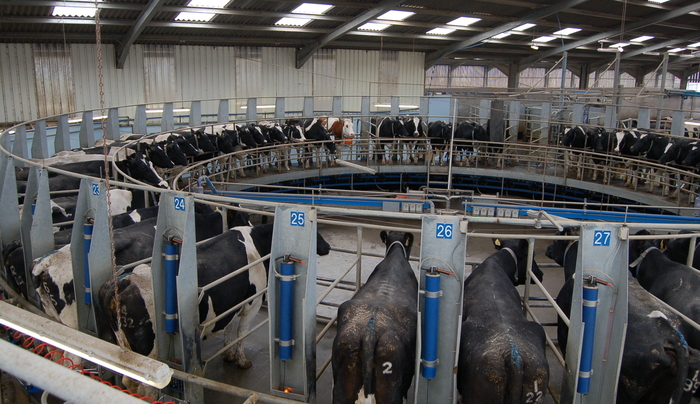A detailed understanding of a business’s current financial position, coupled with a clear plan to enhance performance, are crucial if profitability is going to improve according to consultants Promar International who announced the results of their Farm Business Accounts Service for 2020.
Farm Business Accounts (FBA) is the most comprehensive analysis of actual dairy farm financial performance available in the UK. Neil Adams, Managing Director of Promar International says the results give valuable insight into farm performance and opportunities for improvement.
“The year to 31st March 2020 was a better financial year for the dairy sector. Milk and feed prices were basically static. However, thanks to better weather and resultant increased forage production, feed use decreased with the average farm achieving a reasonable efficiency gain, producing almost 200 more litres but feeding 50kg less concentrates.
“Overall, the average herd increased output by 1.9%, but with a 7% reduction in feed costs and a 2.9% reduction in other variable costs. Overheads, notably power, machinery and labour, increased by 4% resulting in an increase in profit per cow of £33.
He stresses that the average, as usual, hides a wide range in performance levels. The difference between the top and bottom 25% of farms ranked on operating profit is £640 additional profit per cow. This is not just a factor of scale of operation.
“While the top 25% of farms produce around 400 litres per cow more, and have 6% higher output per cow, the striking point is that they are more efficient at everything they do.
Their feed rate per litre is 15% lower at 0.33kg/l, yet they still produce 9280 litres/cow. Their other variable costs are 19% lower while overheads are 20% lower than average. Overall, they achieve a better balance between output and cost to deliver a better profit.
“Higher yields on their own are not the panacea for higher profitability. They must be produced at a sensible feed rate and with good understanding of all costs.”
Mr Adams says dairy farms face a challenging time with uncertainty over the precise nature of any Brexit deal, redefinition of subsidy schemes and global commodity uncertainty as a consequence of market fluctuations. So, he advises all businesses to understand where their system is now, where they want it to be and how they can manage the transformation.
“I would encourage any dairy farm business to set out to deliver a retained operating profit of 19% of total profit. For a high production system, key performance indicators could be a margin over purchased feeds per cow of at least £2300, labour and machinery costs not exceeding 11.2ppl and a retained profit of at least £600/cow.
“For a low-cost system, good might look like a margin in excess of £1900, a replacement rate under 23%, labour, power and machinery below 10ppl and a profit greater than £500/cow.
“The key for any business is to understand their current financial and physical performance based on comprehensive management accounts, and to have a clear plan in order to remain competitive. Sustainable businesses need to challenge the status quo, identify a clear strategy and focus on doing everything well.”


